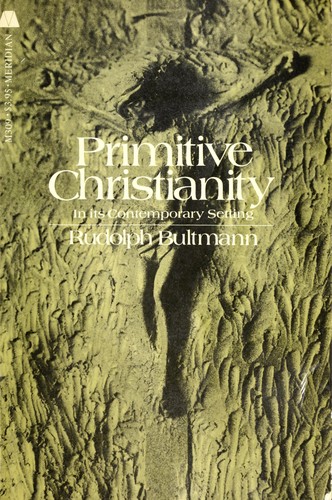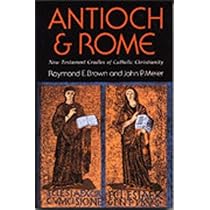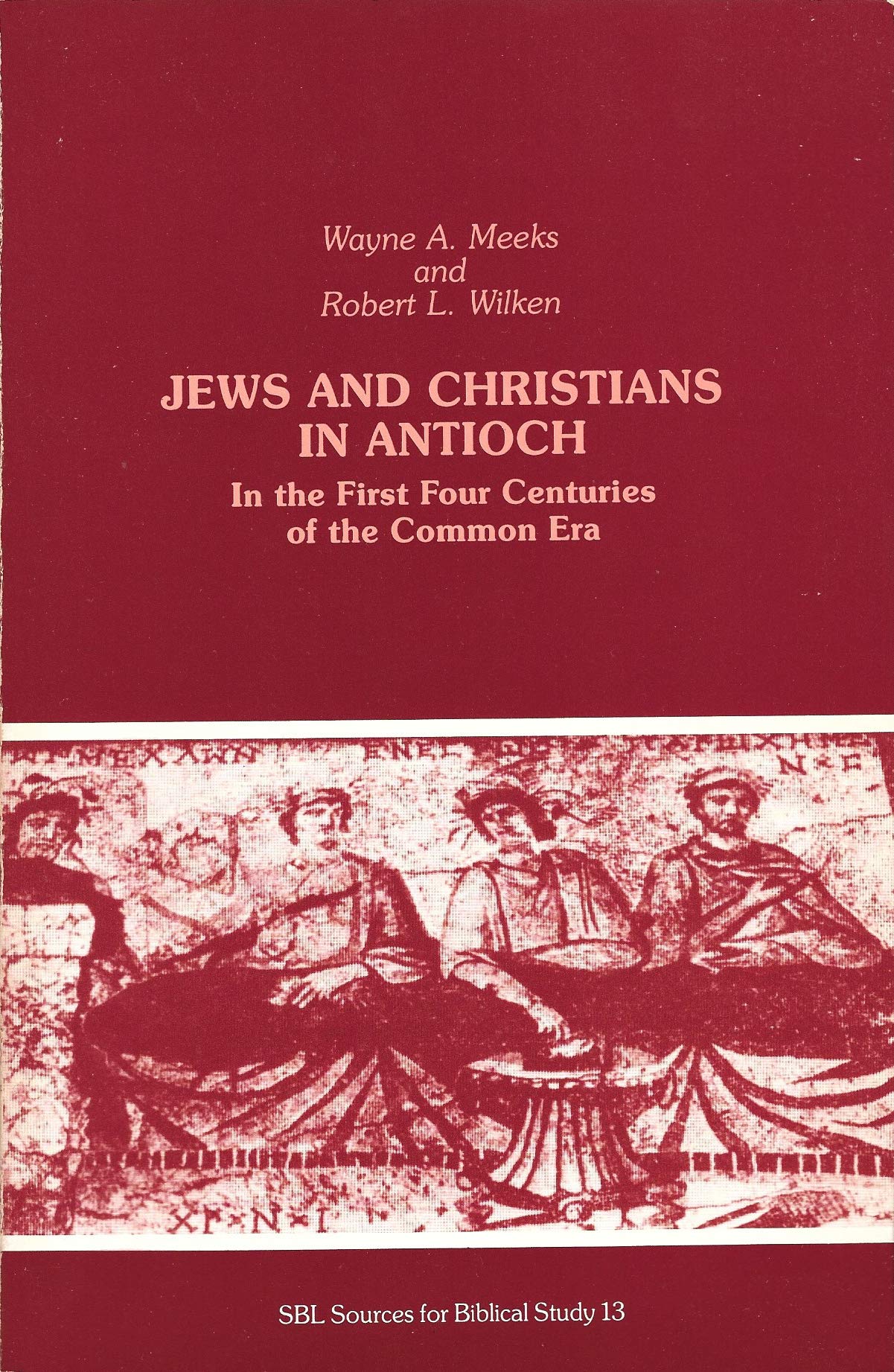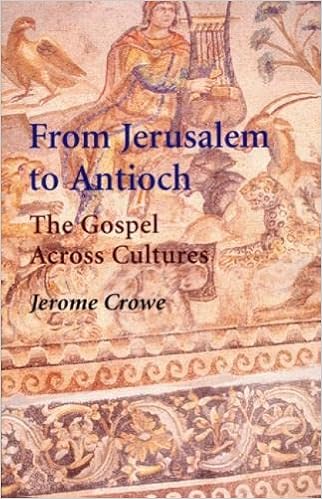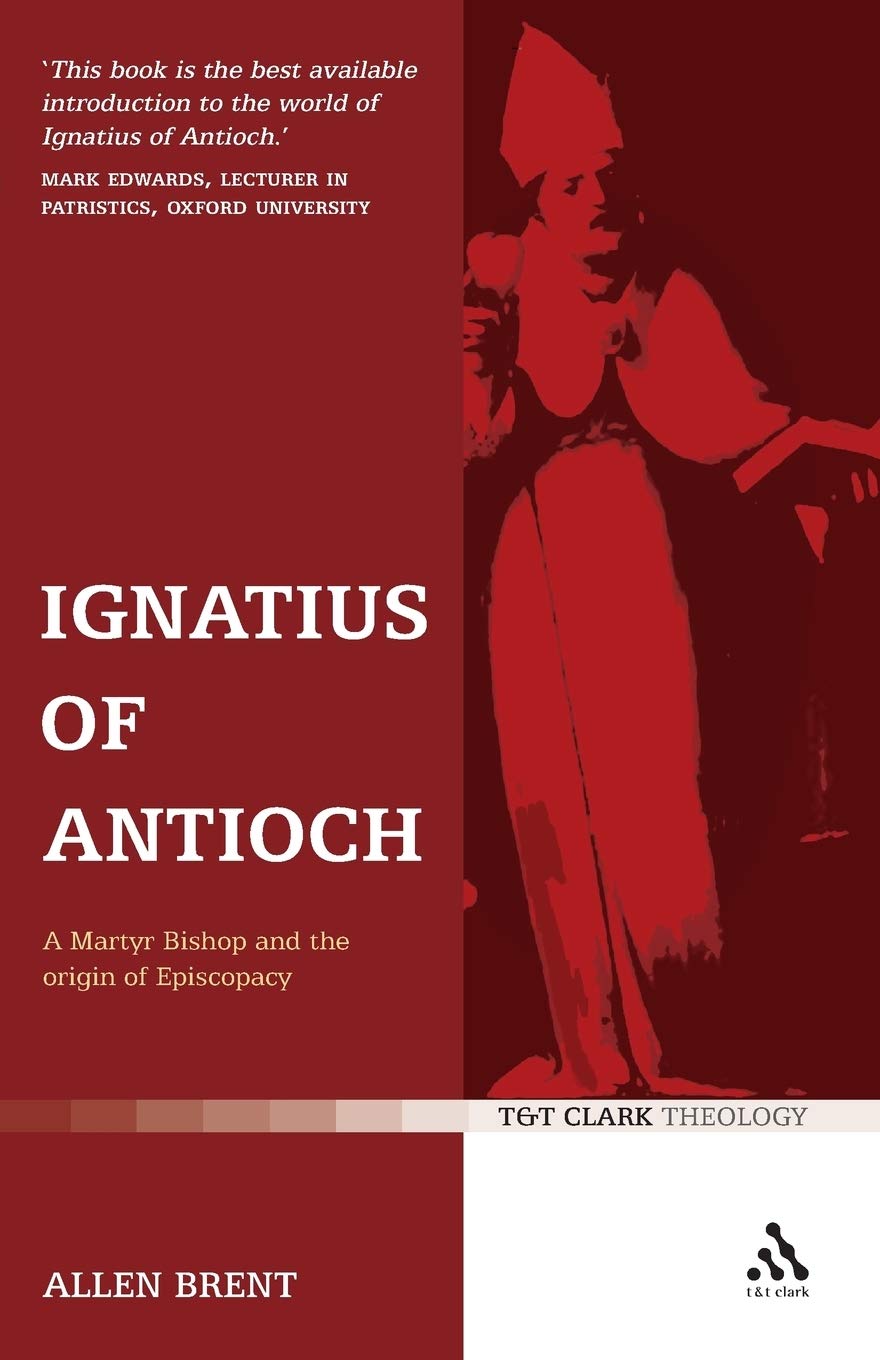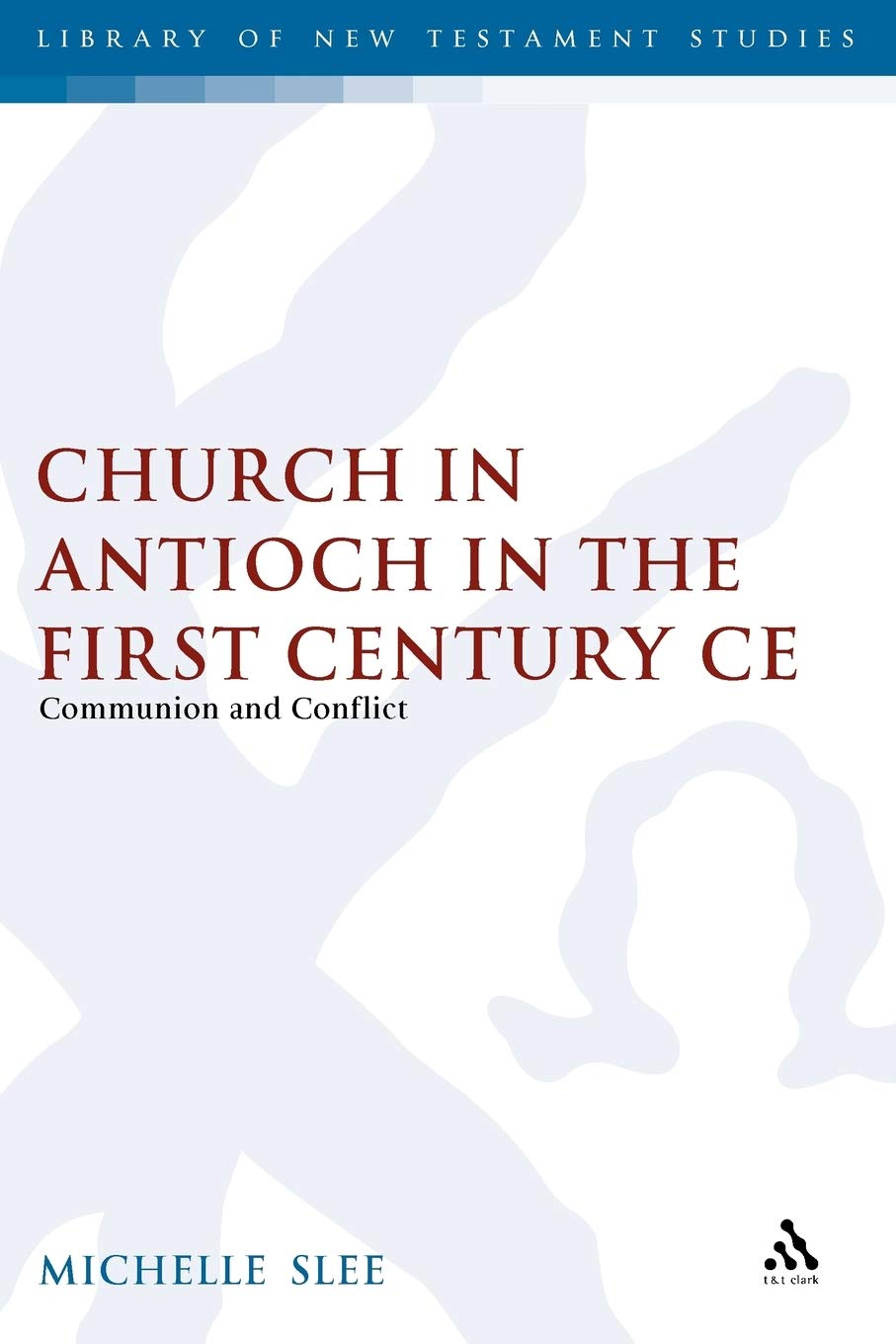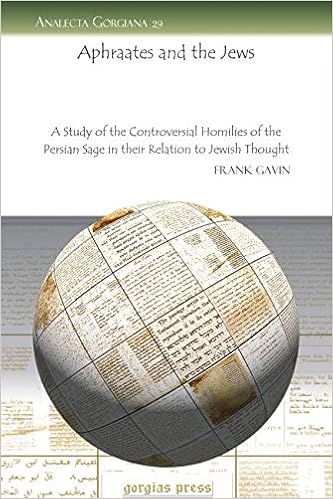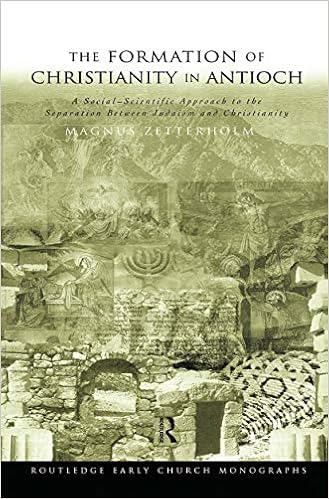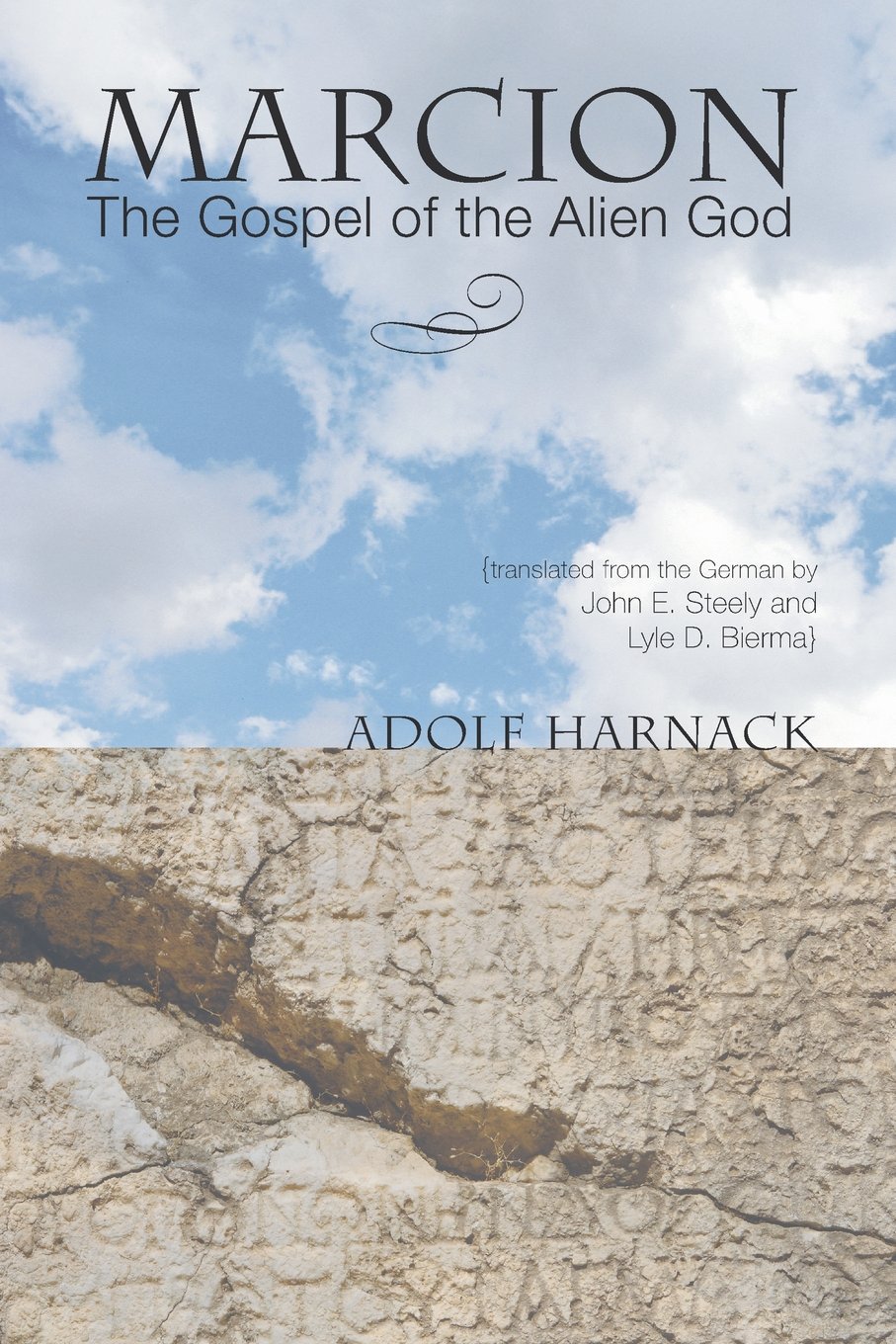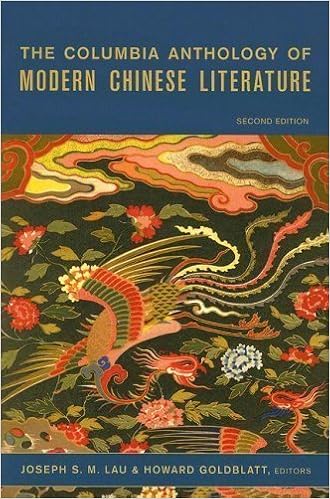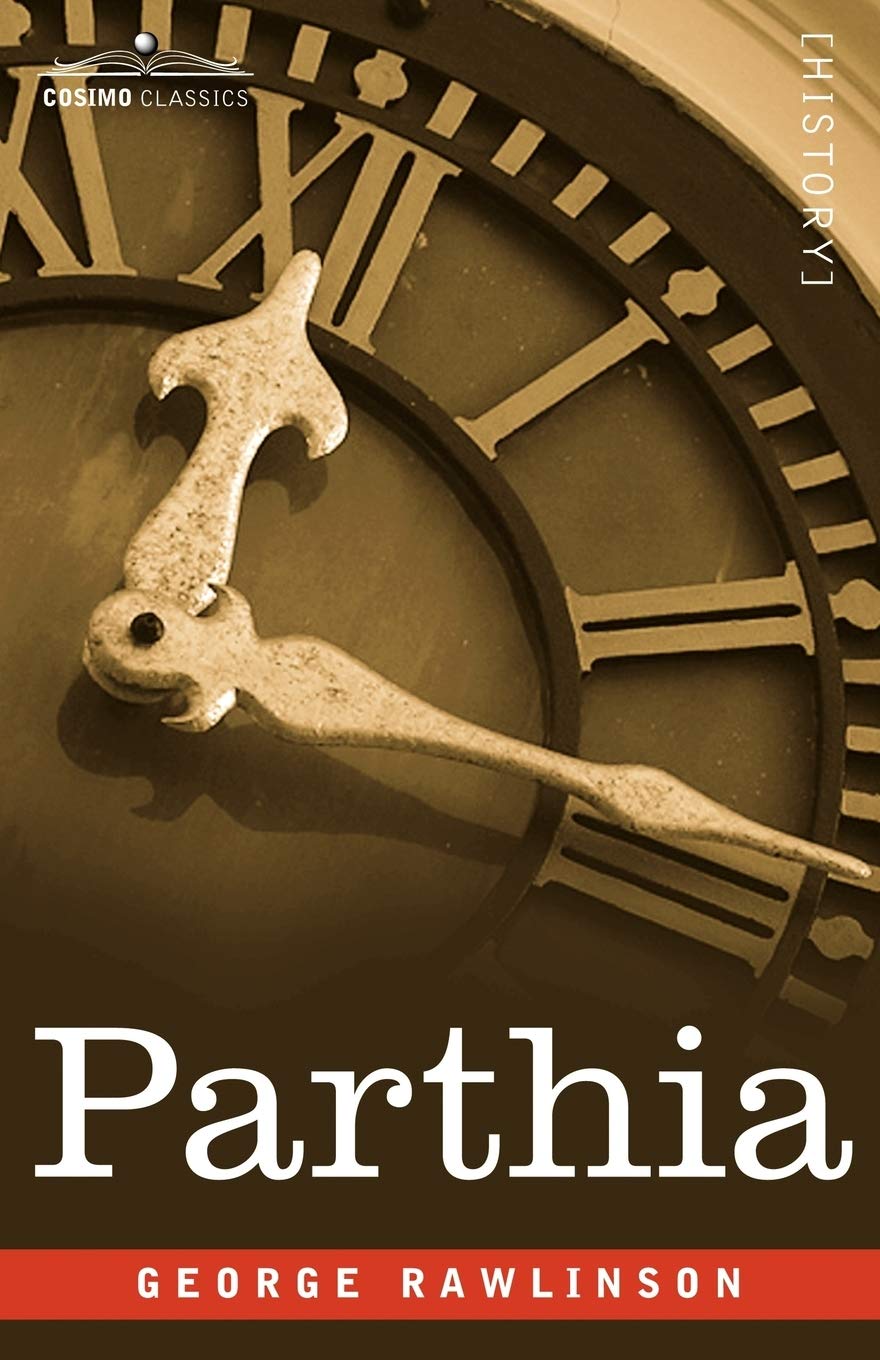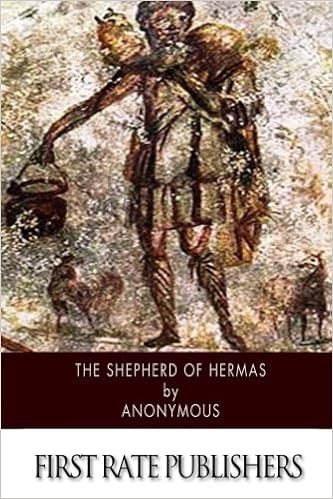I was long under the impression that Max Brand was a pulp writing active and working today. This is because years ago when I worked in a bookstore, Brand's books still came out about once a month, staying on the shelves about a year before going out of print in favor of some other title. (Our western section was very small, mostly made up of Louis Lamour, which was the only author who actually sold much.) Brand wrote a lot, I suppose, and the mass market company publishing his stuff was still pumping it out on a schedule--putting it back into print and then taking it back out of print. But in terms of when he was writing, well, that part I had dead wrong. His stuff goes back to the 1920s; the publisher was merely recycling old stuff.
I discovered this rather recently, as I started reading this list of westerns, a genre I haven't spent much time with. I'm reading mostly chronologically, so I had intended next to turn to Zane Grey, but I wanted to be devoted to that book, and Brand was available for free public domain download on my phone--I figured I'd read it in between the more serious other reading I was doing, that is, whenever I found myself in a waiting room with nothing but my phone in hand.
The text definitely is what I would have expected from a pulp western. It was rather silly overall, with lots of tough talk, lots of fighting, lots of plot twists, and characters who seem too over-the-top to be real. The book centers on one Donnegan, but it doesn't start off with him. Rather, we're introduced first to some hobo on a train who is out to murder a man who has broken up his gang. That man who is to be killed as it turns out to Donnegan, who remains a rather shadowy figure for much of the novel. He seems more like a sheriff in these early passages, but once he jettisons from the train, holding on to his life, he is seen for what he is: a hobo also, a wanderer of the world--but one with a keen ability to wield a gun, to see through people, and to manipulate people.
Donnegan finds his way to a house, where he meets a woman (Lou) whom he almost instantly falls for, even though they've barely spoken a word. He wants a place to stay, but that requires the approval of the woman's father (the colonel), who won't take visitors. Donnegan insists, and somehow the old man comes to view Donnegan as an asset who can help him reclaim a mine for himself and his daughter's fiancé (Landis) for herself. In fact, the woman is in love with this fiance, who in turn has gone to work in the mining town, fallen in love with yet someone else, and run off with the old man's fortune. Donnegan is on the trail to help. Sure, he wants the daughter, but since the daughter wants this other man, Donnegan, because he truly loves this woman, sets out to get this other man back for her. I can't say the motivation here really convinces me: men will do lots for folks they love, but for someone they've barely met and mostly to enable that person to have someone else? It seems rather crazy to take one's life in hand that way.






